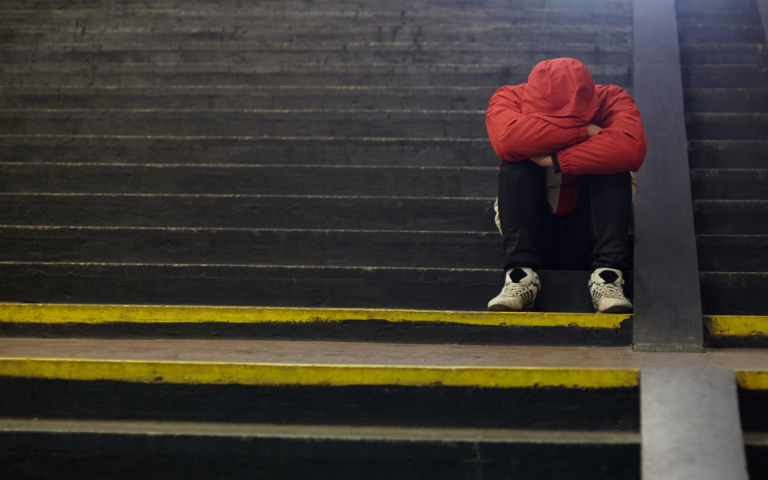Lost Time
People of color who died by violence had 11-12 more potential years of life lost than their White counterparts.

Read Time: 3 minutes
Published:
In the United States, violence shortens lives – but not equally. Disparities in death are seen not only in mortality rates but in the potential years of life lost (PYLL) – measured as the number of years a person would have lived had they survived the violent acts that killed them.
Gregory Zimmerman and colleagues examined the disparities in PYLL among homicide victims, suicide victims, and homicide-suicide perpetrators across racial and ethnic groups. The investigators used data from the National Violent Death Reporting System (NVDRS) and incorporated detailed demographic and socio-economic information. They were able to study approximately 100,000 homicide victims, over 230,000 suicide fatalities, and nearly 4,000 murder-suicide deaths between 2003 and 2019.
The researchers found that people of color who died by violence had 11-12 more potential years of life lost than their White counterparts. The largest disparities were observed between Hispanic and White individuals, followed by differences between Asian/Pacific Islanders and African Americans versus White persons.
These disparities have far-reaching implications for individuals, families, and entire communities of color. The premature loss of lives to violence translates into immeasurable grief for loved ones, loss of economic and social contributors, and enduring shared trauma. Exposure to violence can lead to adverse mental health outcomes, increased risk of chronic diseases, and the perpetuation of cycles of violence.
The loss of potential years of life due to violence translates into lost opportunities, reduced economic output, and increased strain on families, as well as deep grief for communities that suffer these losses together.
A study by Kameron Sheats and colleagues delved deeper into the relationship between violence exposure and mental health outcomes in youth. The researchers surveyed a sample of 638 African American youth aged 11-19 years from low-income neighborhoods in Birmingham, Alabama. They assessed the participants’ exposure to community violence, family conflict, and peer victimization, as well as their depressive symptoms, anxiety, and aggression.
In this study, youth who reported witnessing or being a victim of violence in their neighborhood were more likely to experience internalizing problems (like depression and anxiety) and externalizing problems (like aggression).
These findings highlight the profound mental health consequences of growing up in violent environments, especially for youth in disadvantaged communities. The constant exposure to community violence can lead to heightened amygdala reactivity in adolescents, perhaps the pathway to anxiety, depression, and stress disorders.
The economic costs of violence are also substantial. According to the Centers for Disease Control and Prevention, homicides and suicides cost the U.S. around $51 billion and $50.8 billion in medical expenses and lost productivity in a single year, respectively.
Deep-rooted structural racism shapes social determinants of health like poverty, education, housing, and access to resources, and harms youth’s mental health. Zimmerman’s team found that differences in these factors partly explained the racial gaps in PYLL. Notably, even when comparing individuals with similar socioeconomic backgrounds, significant disparities in PYLL remained between racial and ethnic groups, highlighting the pervasive impact of systemic disadvantage.
Zimmerman and colleagues emphasize the need for targeted interventions and policies aimed at reducing the unequal impact of violence on communities of color. They call for future studies to dive deeper into factors like access to health care to look at disparities within racial subgroups.
The loss of potential years of life due to violence translates into lost opportunities, reduced economic output, and increased strain on families, as well as deep grief for communities that suffer these losses together.



